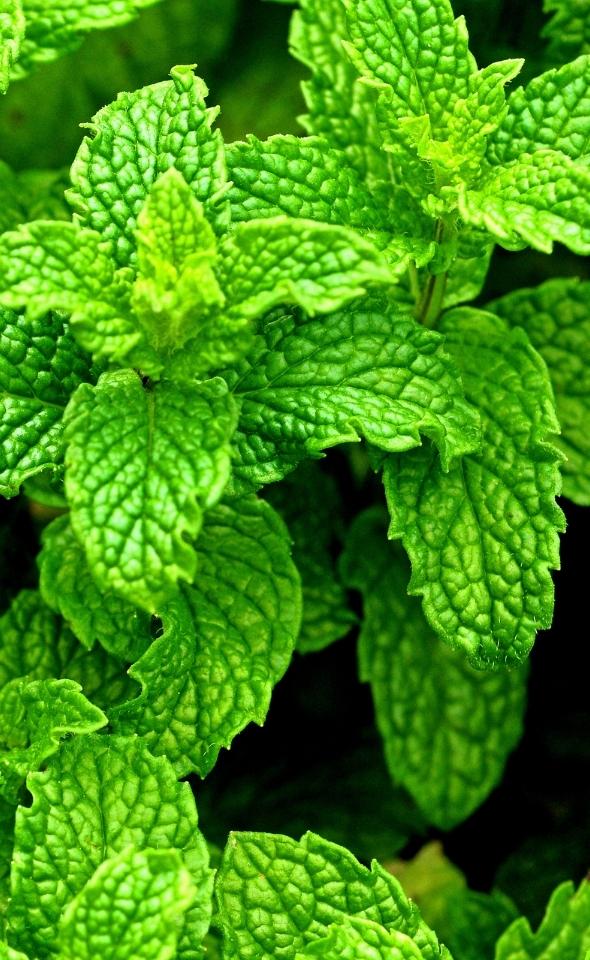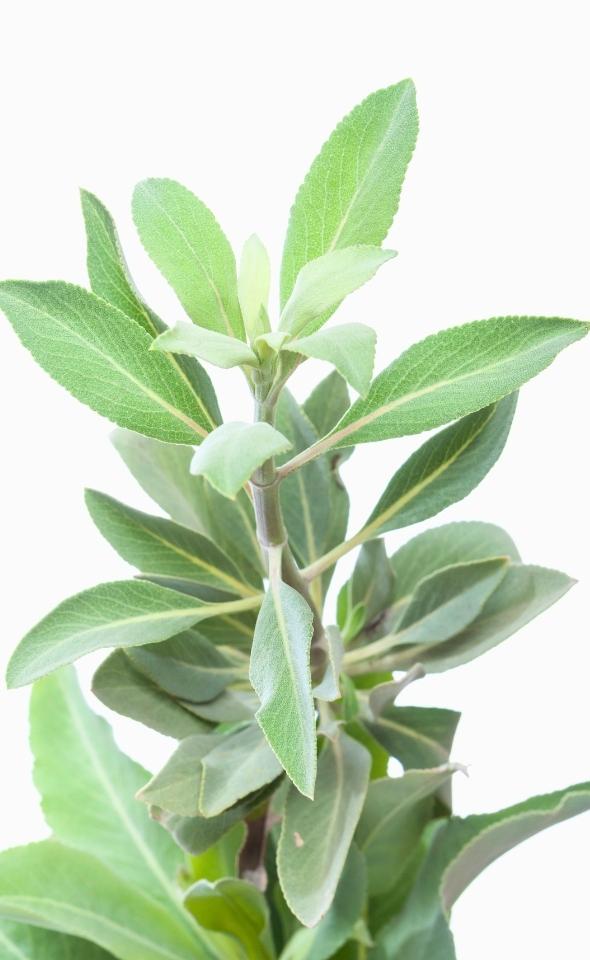7 Healthy Herbs You Can Grow in Water
When it comes to herbs, most people think of delicious and flavorful dishes. But their uses aren’t only for cooking, there are many uses for medicinal and relaxation. It is great if we can have them throughout the entire year in the home and use them any time when needs.
If you are thinking about starting an indoor herb garden, or an outdoor herb garden for that matter, all you need is plenty of jars, water, and a friend with an herb garden who is willing to take a few cuttings from their herb plants for you. To take a cutting, just cut a nice piece of stem from a healthy, mature herb plant making the snip right at the leaf node, which is the area of the plant’s stem where the leaves branch out from. Try to find a part of the stem that has two to three leaf sets already starting to sprout. If you cut a stem covered in leaves, remove all but the topmost two or three leaf sets.
Best of all, they can be grown in a water environment without soil. And in the post today, we will share 7 Herbs That Grow Well in Water that you still also get as flavorsome as if grown in the garden. To grow them successfully, you should choose their cuttings from healthy and young stems and then transfer them to water. Growing this way, you won’t have to care about watering or your clothing be dirt.
How to Grow Herbs in Water

This project is simple enough that you can teach your children how to grow herb plants in water and use this as an educational bit of entertainment. Begin with stems of herb plants from your garden or even some perennial herbs from the grocery store. Clip stems about 6 inches (15 cm.) long and remove the leaves from the bottom 4 inches (10 cm.) of the stems. If you’re using grocery store herbs, cut off the bottom of each stem to allow it to absorb the most water.
Fill a large-mouthed jar or glass with clear water from the tap or bottle, but avoid distilled water. Distilling removes some essential minerals that allow the herbs to grow. If you use a clear glass container, you’ll have to change the water more frequently, as algae will form more rapidly in clear glass. Opaque glass is best. If you are determined to use that great-looking clear jar, tape construction paper to one side of the jar to keep sunlight from the water.
Herbs that root in water do so partly by absorbing moisture through the bottom of the stem, so clip each stem end at an angle to increase the area for the stem to use. Place the herb stems in the jars filled with water and place them in a spot where they get at least six hours of sunlight each day.
Growing herbs in water will give you a small but steady supply through the winter. Clip each leaf as it grows to full size. This will encourage the stem to produce more leaves at the top. The stem will grow for months in this way, long enough to keep your kitchen in fresh herbs until the next generation of plants grows in the spring.
Here are 7 herbs you can grow in water..
Peppermint
With fresh Peppermint leaves, you’ll find that it’s quite simple to make essential Peppermint Oil. This oil can be used to relieve headaches, reduce stomachaches, alleviate digestive issues, boost energy, and release tight muscles. Every family should have a peppermint plant in their home.

Mint
Mojito season is just around the corner! There is nothing like freshly picked mint to make the perfect cocktail to entertain your friends or take the edge off after a long day. Adding some mint into water is an easy way to switch your kids off of sugar drinks and get them to hydrate!

Stevia
Just as you would with crystalized Stevia that comes in a packet, you can add whole Stevia leaves to sweeten your tea or pitcher of ice water. Alternatively, you can dry the Stevia leaves and grind them with a mortar and pestle, which you can then simmer in water to make Stevia Syrup.

Oregano
Oregano can be grown in water from its fresh cuttings. Then, you should pinch the growing tips as the herb grows.

Basil
Basil is easy to grow in water. Simply, you just place the cuttings in water, then give the container in a sunny place.

Sage
When properly propagated, sage is quite happy to grow in water. In the spring, pick three to four inch long cuttings from a healthy sage plant. Place the cuttings cut end down in a container of fresh water. Find a location for the sage cuttings to grow that has lots of air (to avoid mildew) and plenty of sunlight. Every other day, make sure to replenish the water in the container.

Thyme
Although thyme has tiny leaves, it packs some big flavor. The best time to root cuttings from this perennial herb is between mid-spring and early summer, when the plant is producing fresh, new growth. Make your cut just below a node, which is the part of a stem from which leaves sprout. Your thyme stems should start rooting about two weeks after being place in water.















